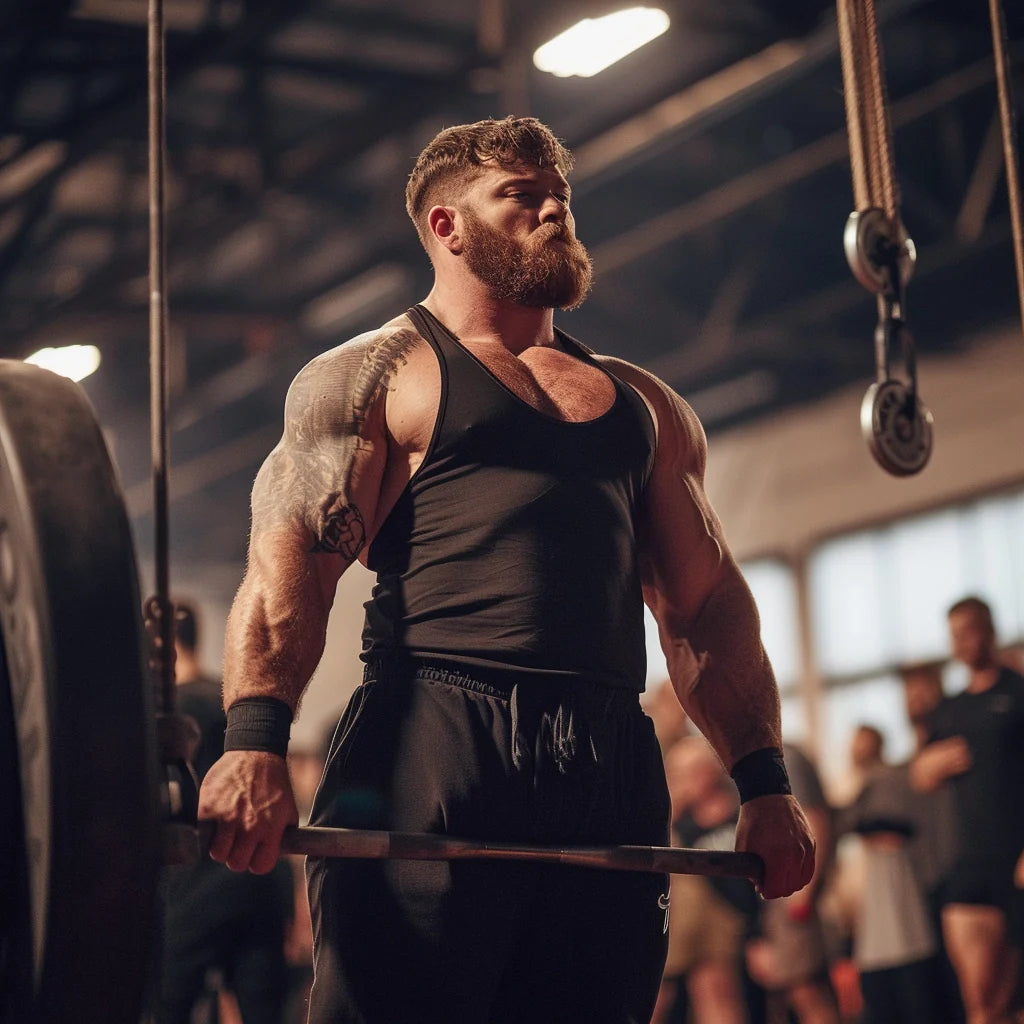
Level Up Your Fitness Game with Weight Lifting Head Harness Training
Share
When it comes to getting fit and strong there are so many workouts and equipment to choose from. One often overlooked but super effective training method is weight lifting head harness training. This is a training method that allows you to target specific muscles, increase overall strength and take your fitness to the next level. In this guide we will go into everything from the benefits to the exercises and techniques.
Head Harness
Head Harness training is a type of resistance training that targets the neck and upper body muscles. Not as popular as other training methods but has many benefits. In this we will go into everything and give you tips on how to add it to your training.
Before we get into the details of this training let’s understand what weight lifting Neck harness training is. This training involves wearing a harness attached to weights which are used to provide resistance during exercises. The main target of this training is the neck but it also engages the upper back, shoulders and even core muscles.
Benefits of Weight Lifting Neck Harness Training
Neck Muscles
One of the benefits of weight lifting Neck harness training is that it strengthens the neck muscles. A strong neck is important for athletes in sports like football, wrestling and boxing where neck strength is a key to injury prevention.
Upper Body Stability
Weight lifting head harness training also improves upper body stability. As you strengthen your neck and upper back your posture improves and reduces the risk of injury during other exercises or daily activities.
Athletic Performance
Whether you’re a competitive athlete or someone looking to improve their athletic ability this training will give you an edge. Strong neck and upper body muscles will improve your performance in many sports.
Get Started: Choose Your Head Harness
To get started with weight lifting Neck Harness training you will need the right equipment. When choosing a head harness consider comfort, adjustability and weight capacity. You need to choose a harness that fits snug but not uncomfortable during your workouts.

Exercises for Weight Lifting Head Harness Training
Now that you have the equipment let’s get into the exercises:
Neck Extensions
- Muscles: Neck
- Technique: Attach harness to weights, put around head and do controlled neck extensions by moving head up and down.
- Reps: 2-3 sets of 10-12
Neck Flexions
- Muscles: Neck
- Technique: Same as neck extensions but this time move your head forward and backward.
- Reps: 2-3 sets of 10-12
Neck Side Bends
- Muscles: Neck
- Technique: While wearing the harness tilt your head to the side.
- Reps: 2-3 sets of 10-12 per side
Safety Techniques
Safety first when training with a weight lifting head harness. Here’s how:
- Warm up before you start.
- Start with lighter weights and increase as you get stronger.
- Keep proper form and don’t jerk to avoid strain or injury.
- Listen to your body and stop if you feel pain or discomfort.
Weight Lifting Head Harness FAQs
Q: Is weight lifting head harness training for beginners?
Yes, beginners can start with lighter weights and build up as they get used to the exercises.
Q: Can weight lifting head harness training reduce the risk of neck injuries?
Yes, strengthening the neck muscles through this training can help reduce the risk of neck injuries in contact sports.
Q: How often can I do weight lifting head harness training?
You can do weight lifting head harness training 2-3 times a week depending on your goals and recovery.
Q: Do I need to take any precautions before I start?
Consult a fitness professional or healthcare provider especially if you have neck or back issues.
Q: Can women benefit from weight lifting head harness training as well?
Absolutely! This training method is suitable for individuals of all genders and fitness levels.
